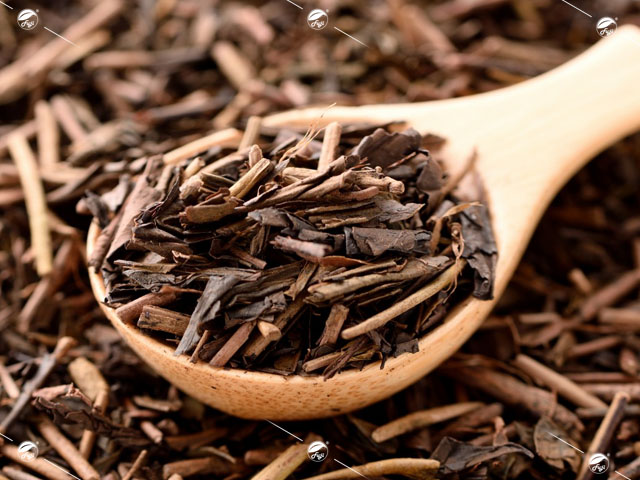- Introduction to Roasted Green Tea
Roasted green tea is a unique variation of green tea, where the tea leaves are dried and roasted at high temperatures, creating a distinctive aroma and rich flavor. This roasting technique not only helps preserve the tea but also shapes its unique taste, attracting those who enjoy the warmth and depth in every sip. Roasted green tea is popular in markets such as Japan and China and is increasingly embraced globally due to its captivating flavor and health benefits.

- Steps in the Roasted Green Tea Production Process
- Harvesting: Fresh tea leaves are harvested at their optimal maturity, usually at the beginning or middle of the harvest season to ensure the best quality.
- Withering: The tea leaves are either sun-dried or naturally withered for about 6-12 hours to reduce moisture content, making the leaves softer and ready for roasting.
- Roasting: The leaves are placed in a hot pan or rotating drum, typically at temperatures between 180-200°C. This process halts oxidation and develops the characteristic roasted aroma, largely defining the final flavor profile.
- Rolling: The tea leaves are gently rolled — usually into twisted or curled shapes — which helps break down cell structures and release aromatic compounds.
- Drying: The final drying step ensures the tea leaves achieve the desired crispness, locking in the aroma and prolonging shelf life.
- Aroma Development
The roasting process alters the chemical composition of the tea leaves, creating layered and complex aromas:
- Enhanced roasted scent: The Maillard reaction occurs during roasting, producing warm, woody, and herbal aromas, sometimes with a slight smoky note.
- Reduced bitterness: High temperatures soften the natural bitterness of the tea leaves, particularly by breaking down tannins.
- Increased sweetness: The breakdown of certain amino acids, such as theanine, contributes to a light, sweet aftertaste, balancing the overall tea flavor.
- Full-bodied and rounded flavor: Volatile compounds are released, generating a deep and lingering fragrance.

- Industrial Applications
- Loose-leaf tea: Roasted green tea is often sold as high-end loose-leaf tea, suitable for traditional tea ceremonies and premium gift products.
- Tea bags: With its strong aroma, this type of tea is also used in convenient tea bag products, catering to busy customers who still want to enjoy natural tea flavors.
- Bottled beverages: Roasted green tea is an ideal choice for bottled drinks, offering a warm and inviting flavor that appeals to the modern beverage market.
- Food and cosmetics: Some beauty products and functional foods also use roasted green tea extracts for their antioxidant properties and natural scent.
- Conclusion
Roasted green tea not only delivers a rich and complex flavor but also helps businesses diversify their product offerings. From high-quality loose-leaf tea to bottled drinks and even ingredients for the food and cosmetic industries, understanding roasting techniques and aroma development will allow you to create products tailored to consumer preferences. By combining traditional methods with modern innovation, roasted green tea is steadily establishing its place in the global market.
Contact Nam Son today to explore premium roasted gree
